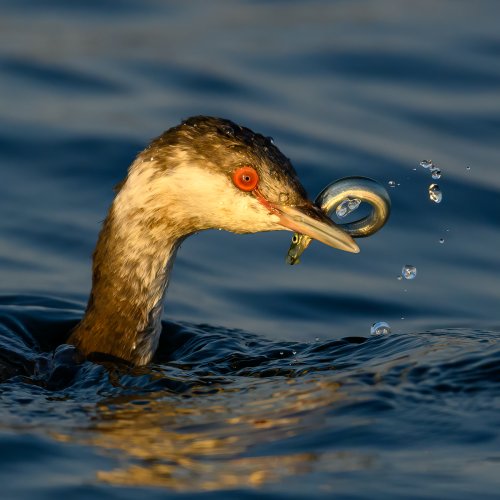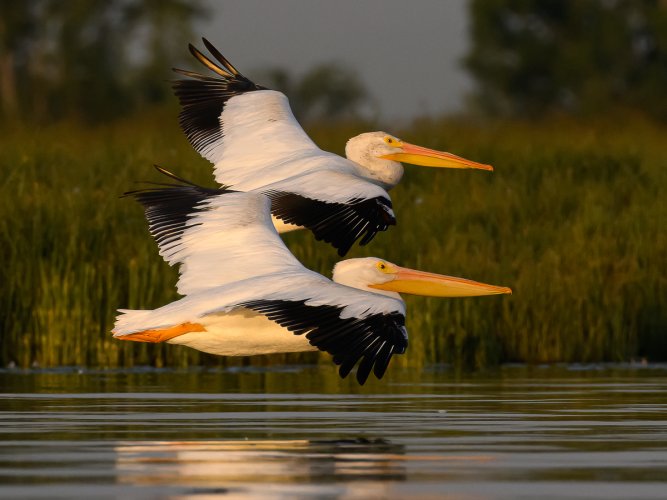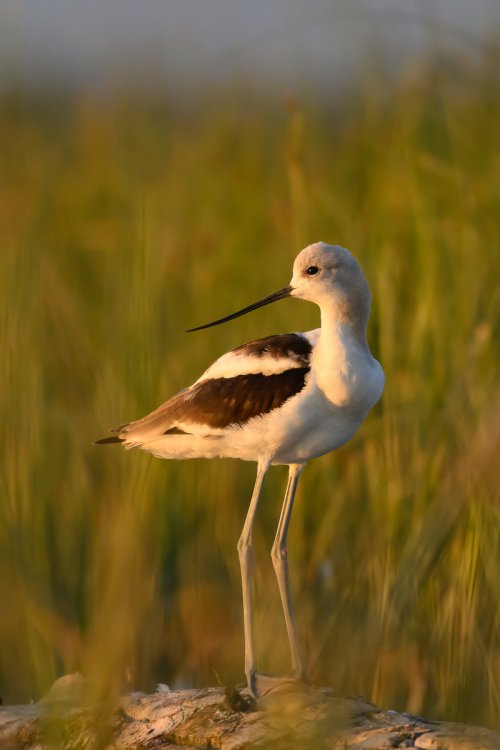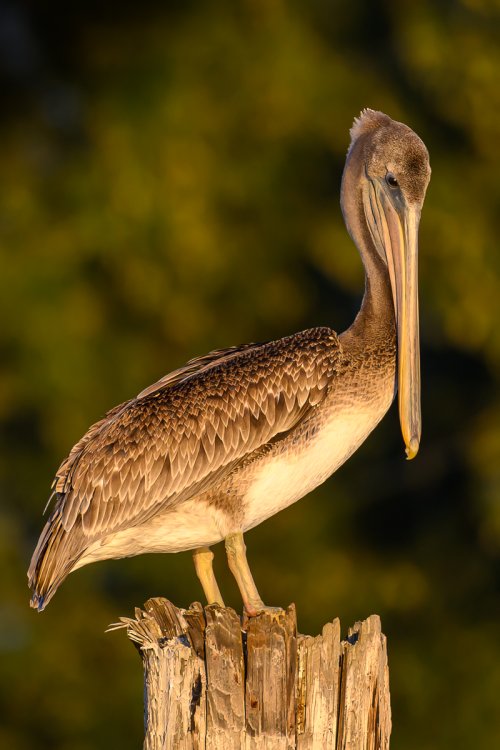Steven,
That is a beautiful canoe and you are going to have a great time with it. At 28 lbs it's going to be a dream to paddle, let alone get on and off your vehicle. For fun I have compared your craft with my 17' (65 lbs) plastic "family" canoe and 10' (26 lbs) inflatable kayak. I can just about get the canoe on/off my truck by myself, whereas the inflatable kayak is much more versatile and compacts down to a small suitcase size.
I use two dry bags, one for camera/lens and a smaller one for keys, phone etc. If I am paddling out to a site, I definitely have the dry bags attached. Padding the camera/lens bag is important because you can't protect the camera/lens out on the water the same way you can when on a sling or cradled in your arms.
I have a fair bit of whitewater experience, which comes in handy when offshore in a choppy waters and if I have to hold the lens out over the water. When photographing from the canoe I definitely try to sit on the floor for stability and POV.
Having access to water craft can make all the difference when shooting shorebirds where the sun would otherwise be silhouetting the subjects and/or where the shore is steep and you can't get a decent background. It also helps to photograph offshore marine species like murres, auklets, sealions, dolphins, whales etc.
Shooting from a small water craft has its risks but, if you are prepared (know your limits, learn about local winds, tides, currents, weather forecast, bird behaviour etc.) , it can be extremely rewarding. I'm attaching a few recent shots that would only have been possible from a small water craft.
Have fun in the Spring and I look forward to images taken from it with your Z9 / Z600mm TC combo!











